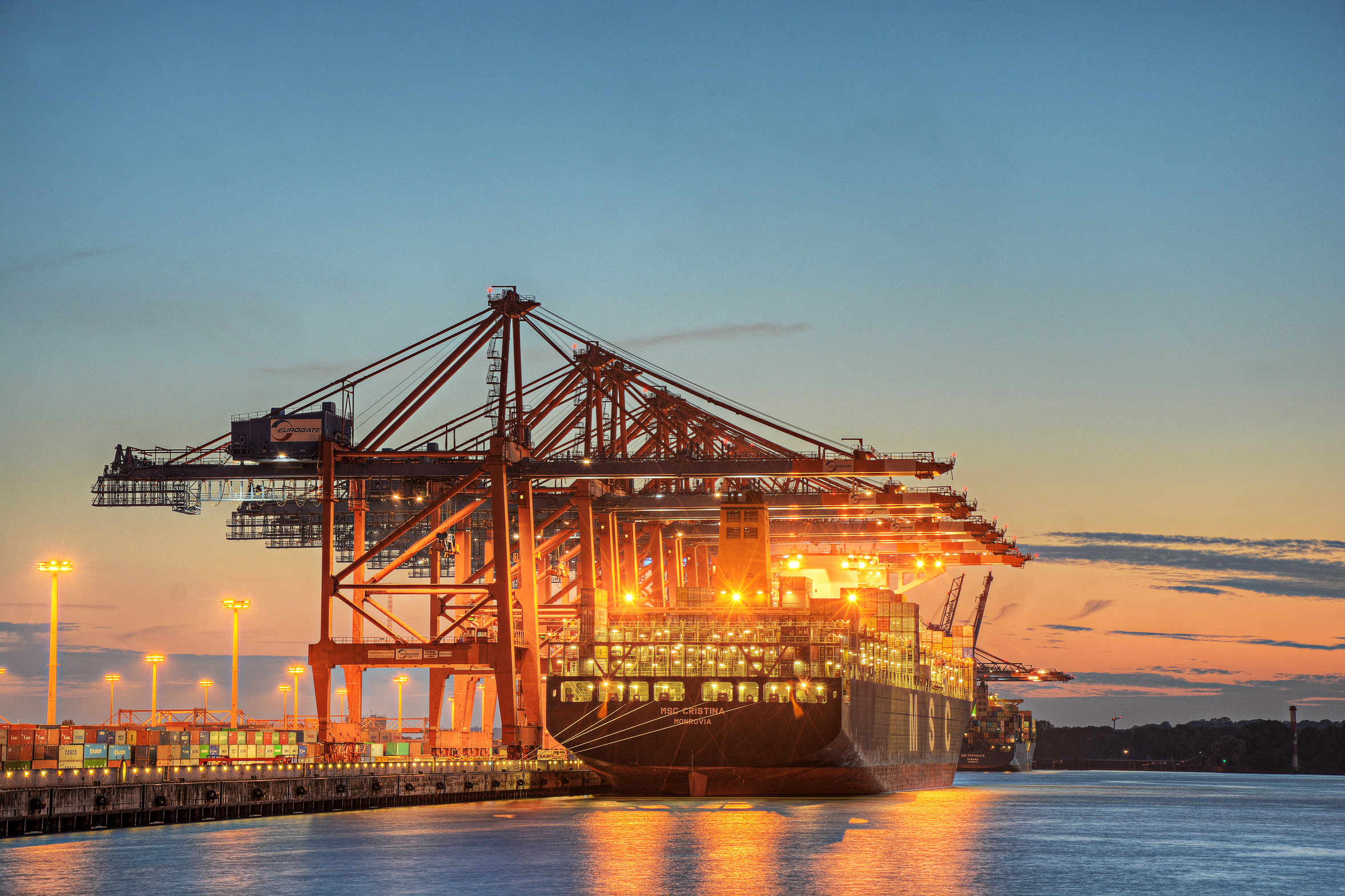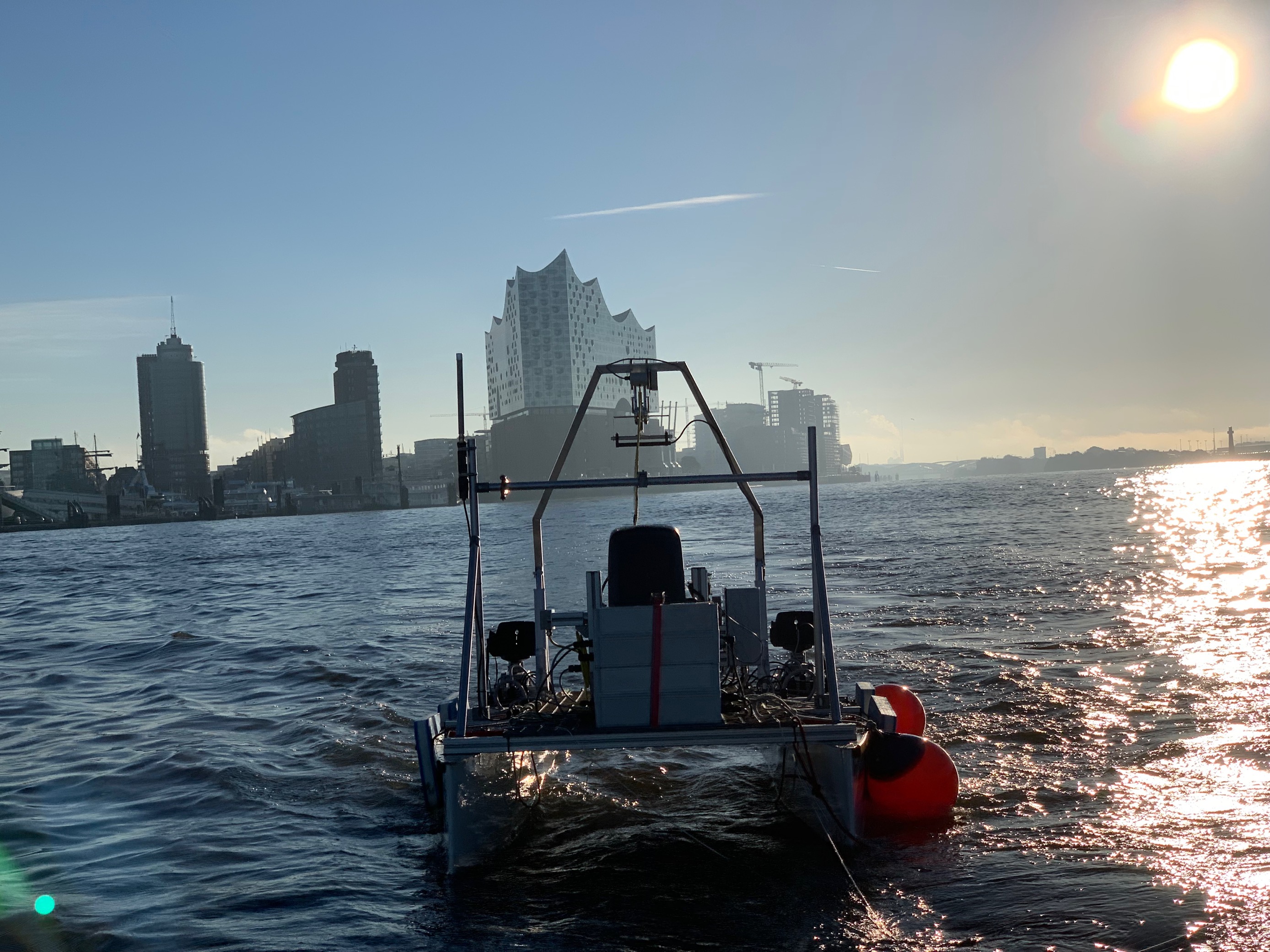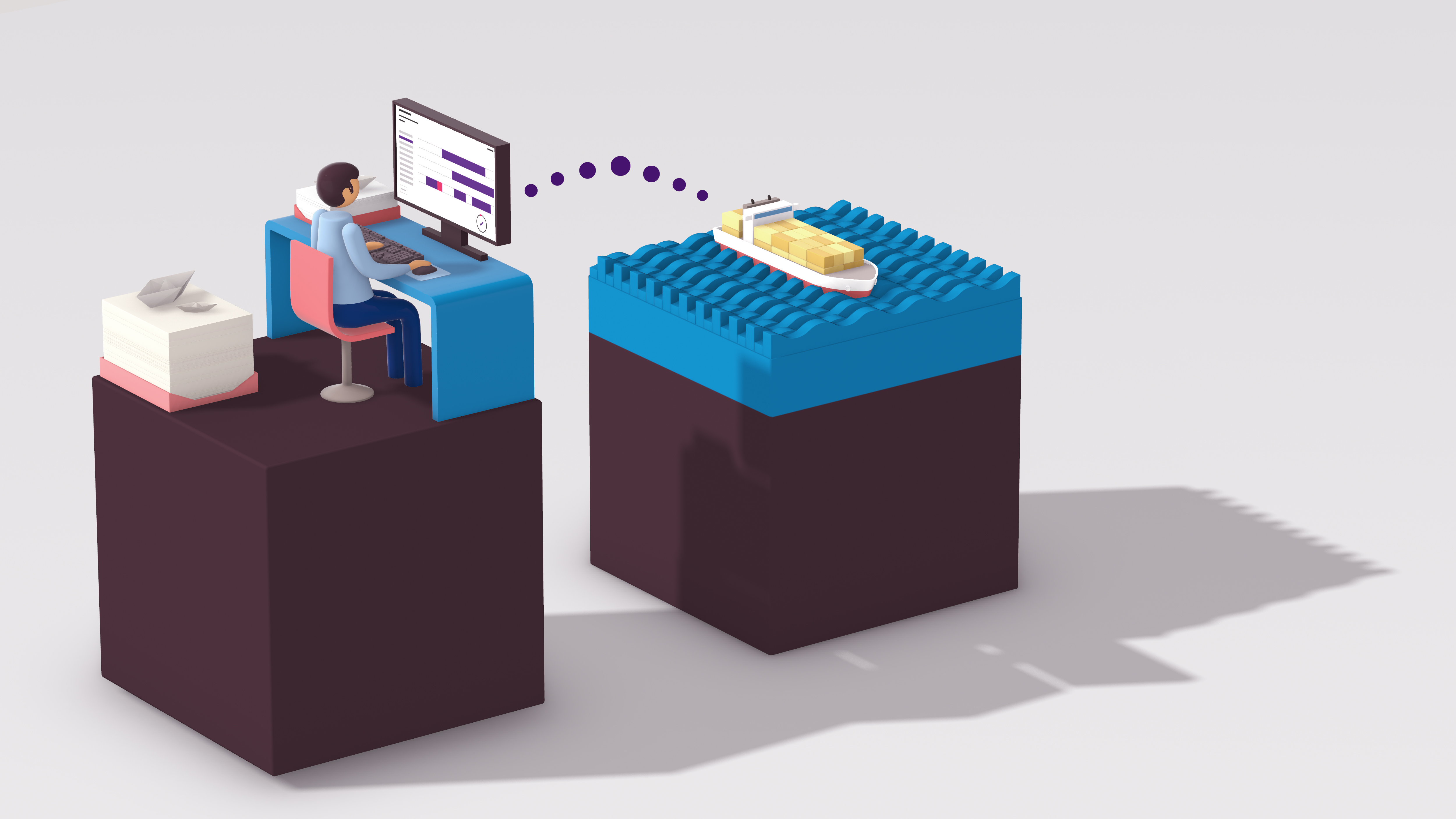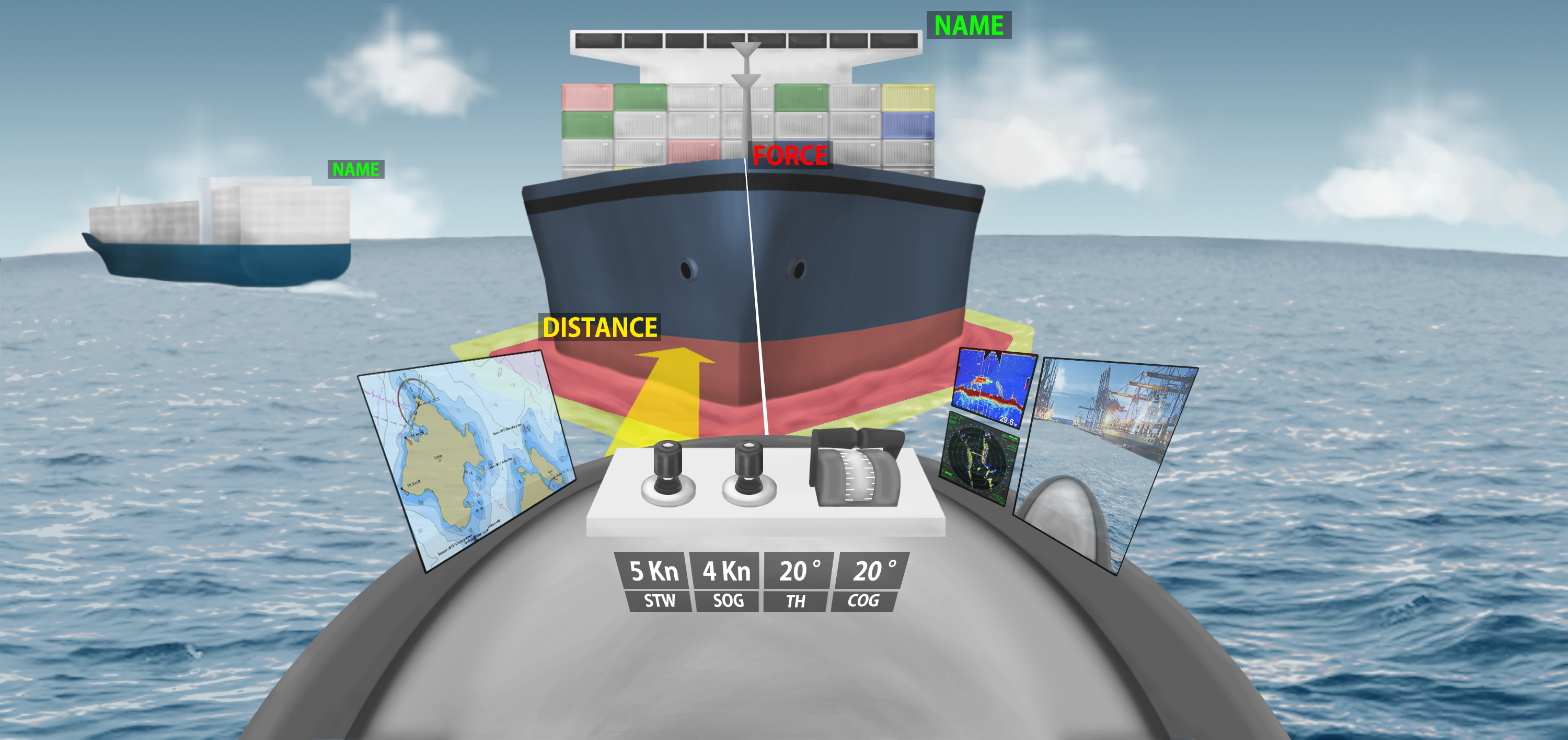Increasing the efficiency of maritime transport, reducing environmental impact and improving safety are important and often interconnected goals in ship operation. Fraunhofer's research focuses on these challenges, for example, by developing technologies for the automation of maritime traffic and maneuvers, as well as IT solutions for the maritime industry of tomorrow.
Improved efficiency can often be achieved by optimizing processes on board and along the maritime transport chain. The digitalisation of maritime shipping increasingly allows for optimised maintenance and repair strategies on board in conjunction with improved crew deployment planning. Through the digital exchange of information among all stakeholders, transhipment and transport processes and also repair operations can be planned and coordinated at an early stage.
The observation, investigation and treatment of marine environmental situations has reached a new level through the development of autonomous and remote-controlled unmanned vehicles. With their support, ship hulls, structures, but also the seabed are recorded and documented. First solutions for the collection of underwater waste are in the process of development.
Growing ship sizes and infrastructures as well as increasing ship traffic in confined sea areas more often lead to dangerous situations. The development of autonomous technologies and the improvement of maritime communication help the crew to analyse critical situations early and to react appropriately. On board and in port, the use of virtual and augmented reality helps to test and implement new maneuvers.
 Fraunhofer-Allianz Verkehr
Fraunhofer-Allianz Verkehr


